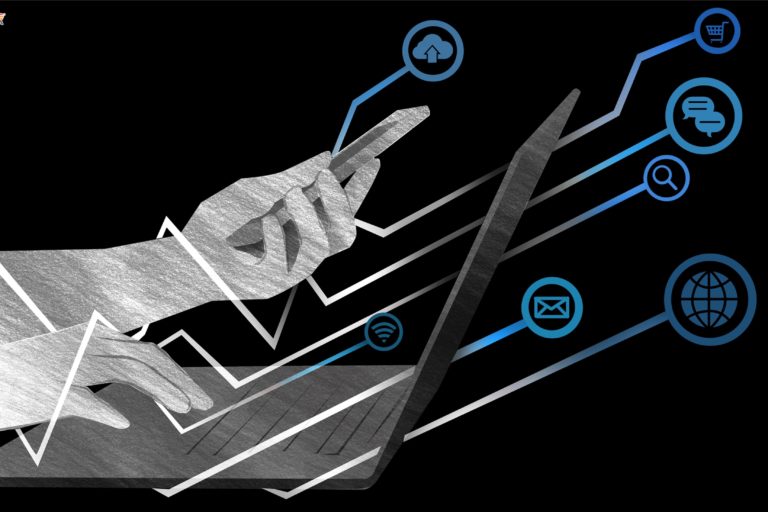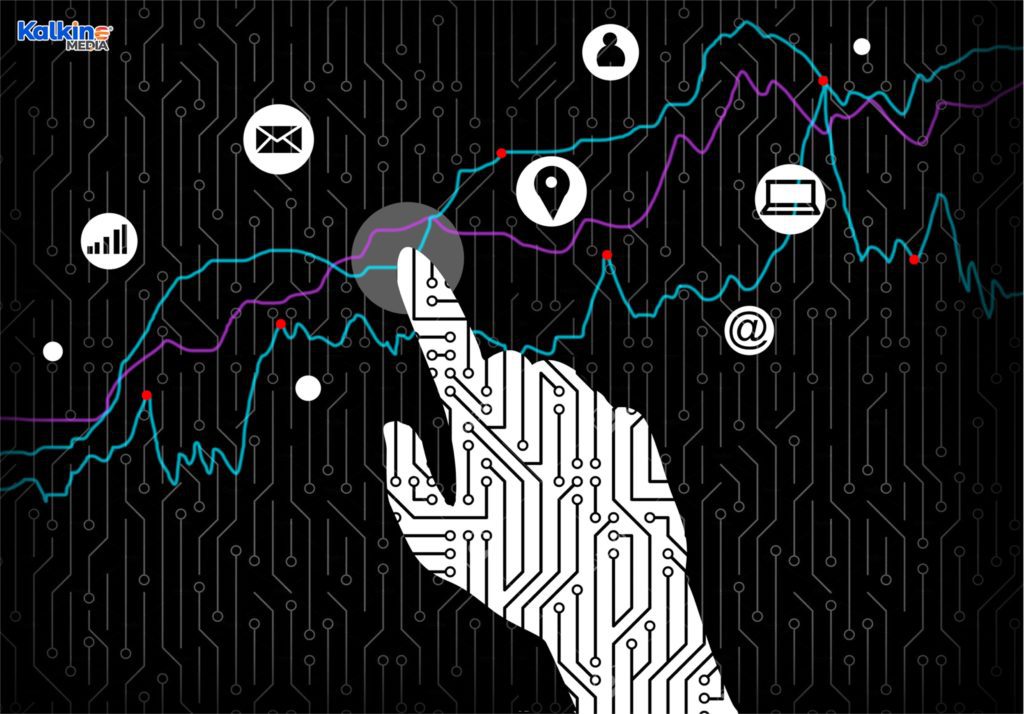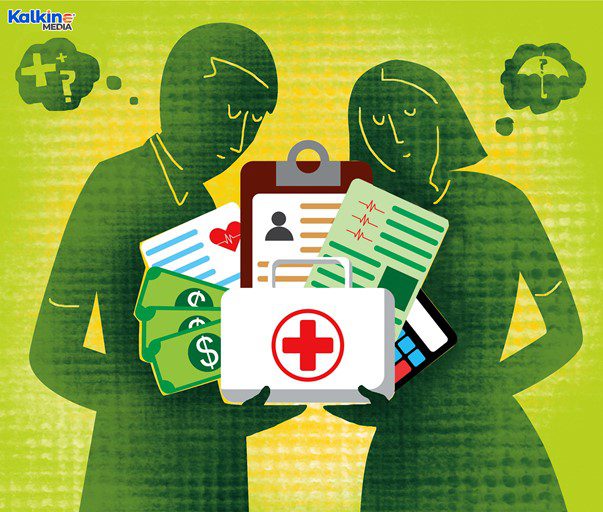HEALTHCARE
Five ways 5G technology can reshape the healthcare industry

WORDS: Kunal Sawhney, CEO, Kalkine Group PHOTOGRAPHY Kalkine Media
The 5G revolution is set to change how telecommunication systems work and is expected to pioneer a transformation in many other sectors. One such area that can benefit from the introduction of this technology is the healthcare industry. Experts believe that the 5G technology can help save the lives of patients at a much faster rate while allowing them quick access to healthcare facilities.
Notably, the healthcare industry seems to be sitting at the edge of reform, with the pandemic bringing in a wave of remote healthcare. There is no better time than now to invest in new technologies that can augment healthcare. Meanwhile, as health conditions become more complex, there is a dire need for advanced technology that can detect such diseases more accurately.
Although 5G has opened a range of opportunities for the healthcare arena, many are still sceptical of its usage in this sector. Some healthcare providers have argued that the introduction of this technology could present significant hurdles, specifically for rural communities. Additionally, patients might be hesitant in adopting the changes brought about by the 5G technology.
While some challenges persist, the benefits associated with the integration of 5G technology into the healthcare industry outweigh the potential difficulties. In this backdrop, let us take a quick look at some advantages of this technology for the healthcare domain:
1. Managing health in real-time
The fast and reliable network capacity offered by the 5G technology could allow for a seamless transfer of patients’ medical data within different healthcare institutions. This is especially significant for data files that are heavy in size and need a lot of time to transfer in real-time.
Through the 5G network, doctors would be able to receive first-hand information about the patients immediately. The ultra-low latency could bring a long-term change in the way medical institutions work. This would be especially significant in emergencies when patients need urgent care. Additionally, the 5G technology could allow the hospital to pass on their patients’ vital signs to the concerned medical staff in no time through remote monitoring tools, even in the absence of a patient at the hospital.
2. Processing large amount of data
The faster and seamless connectivity provided by the 5G network can help medical institutions keep track of every little detail of a patient’s health. Current monitoring systems generate minute-to-minute data about a patient’s status. But with 5G, this data could become mobile across different departments and health centres without the need for any human interference.
The time efficiency offered by the 5G technology would help enable faster diagnostics and speedier treatment. This would be a major step forward from current transmission levels seen across the telecommunication sector.
3. Providing a complete package
The 5G technology could be a stepping-stone in developing telemedicine and improve patients’ survival rate. Medical institutions can creatively utilise the 5G technology by introducing a 5G-enabled digital package.
Such packages have been developed in Thailand via the integration of 5G with cloud and artificial intelligence. A hospital in Thailand is set to become a 5G smart hospital, where patients administered could enjoy digital services such as telemedicine, 5G ambulance, and AI-assisted diagnoses. Such large-scale innovation can foster a revolutionary change in the medical ecosystem.
4. A boost to telehealth
The telehealth sector, which took centre stage during the pandemic, has offered immense support to the healthcare industry in addressing patients’ concerns. The physical restrictions placed during the COVID-19 outbreak led to the development of many new forms of medical methodologies. These innovations majorly included remote working conditions, which gave rise to telehealth.
The inclusion of 5G technology in healthcare is expected to further boost remote support of quality healthcare without exposing patients to highly contagious diseases. The technology could also provide access to a telepresence system for patients who cannot travel to medical institutions.
1. Offering video analytics solution
The 5G technology’s ultra-low latency, secure connectivity and high speed could enable widespread adoption of video analytics solutions. Medical institutions could use video conferencing analytics to identify patients who need urgent medical care. Moreover, this tool can be extremely helpful in behavioural recognition.
In fact, the seamless connectivity offered by 5G would provide greater connectivity, along with increased security and reliability surrounding patients’ data. The technology could allow two-way HD virtual consultations between the patient and medical care professional to perform routine check-ups, initial screening assessments, therapy/rehabilitation sessions and visual diagnoses. However, hosting 5G networks would require expensive equipment and might not be feasible for many healthcare players.
While there are many challenges that need to be addressed in the 5G arena, the technology seems to be a promising innovation for the healthcare sector. The government can help medical institutions in this technological revolution journey by providing easier access to equipment and other necessary support.











